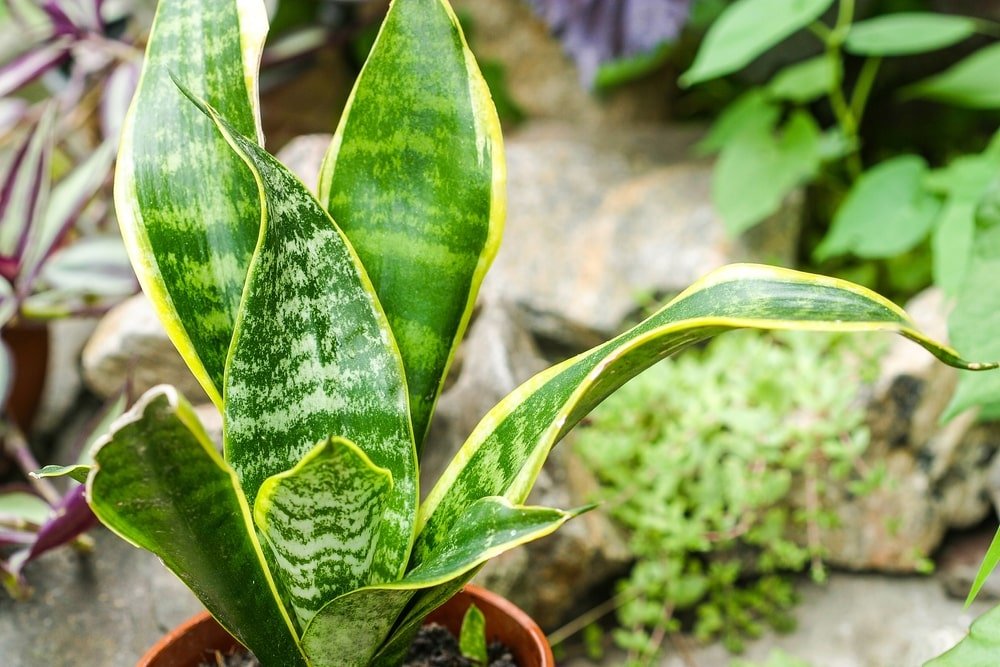It is almost May. All danger of frost is past—mostly. Another week or two and it will be time to move my houseplants outside.
How to Move Houseplants Outside Safely
In the 36 years I’ve been with the Great Big Greenhouse, do you know how many customers I’ve seen bring in leaves or pictures of leaves with either bleached patches or brown patches on them at the end of May? It’s sunscald or sunburn caused by putting indoor plants out into the direct sun.
Remember, even the plants in the sunniest windows inside have had a ceiling overhead—so they have been getting NO direct overhead sunlight. Putting them directly out in the overhead sun, well, it’s a bit like going to the beach for a weekend in May—without sunscreen. Even my sun-loving houseplants—like citrus and succulents—will go outside into mostly shade for a few days before I begin to inch them into more sun. My moderate/medium light plants will go into the dappled shade under trees and STAY THERE.
My Plants are Outside. Now What?
So all your plants are outside for the summer, you can forget about them, right? Well, no! Watering needs will change now that they’re in better light, better air circulation, and fluctuating temperatures. Plants respond to the uptake in light by actively growing, so feeding on occasion is a good idea. Just be sure to use the right formulation for your plants.
Most blooming plants, except for orchids, can be fertilized with African violet food (it is a blossom booster, after all). Plants grown for flowers (except orchids) can benefit from slightly higher phosphorus (the middle number). Orchids should be fed with 20-20-20 half-strength, half as often as the label says.
Succulents and cacti should be fertilized with half-strength even numbers like 10-10-10. Palms, ficus, ferns, and other plants that are grown for their foliage can be fed with regular strength even numbers.
The beginning of the growing season is a good time to repot a plant—if necessary. How do you know if you need to? If you find a plant is drying out a lot faster than usual, it may be telling you that there isn’t enough soil to hold moisture for the plant. At that point, you can go up ONE size (about an inch) if necessary. If you’re able to get by with one good watering a week, however, you probably don’t need to repot.
The other exception would be plants that grow sideways—like snake plants. When the new shoots are touching the sides of the pot, they need a little more room—again—about an inch. If they need to be divided, this would also be an ideal time.
Over the winter indoors, some of your higher light indoor trees (like ficus and scheffleras) might have gotten leggy so now is a good time to do some pruning and shaping, if necessary. On plants like ficus, scheffleras, and tropical hibiscus prune leggy stems to right above a leaf node (a node is where the leaf attaches to the stem). New growth appears from the nodes.
For soft-stemmed plants (like philodendron or ivy) you can pinch them back to just above a node.
There are a few plants that should not be pruned. Norfolk Island Pines do NOT branch, so if you cut them back they will begin growing SIDEWAYS. And orchids should never be pruned except by someone experienced with orchids.
When in doubt, you can always call or stop by. That’s what we’re here for.


Very useful info.